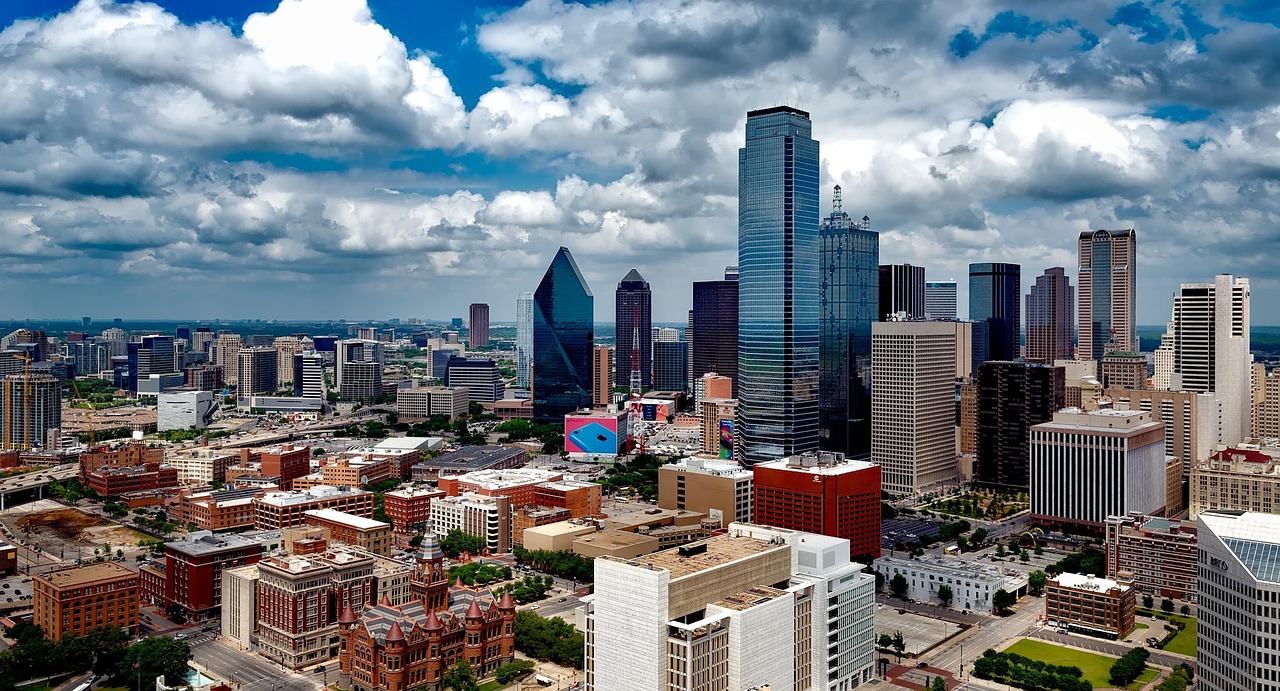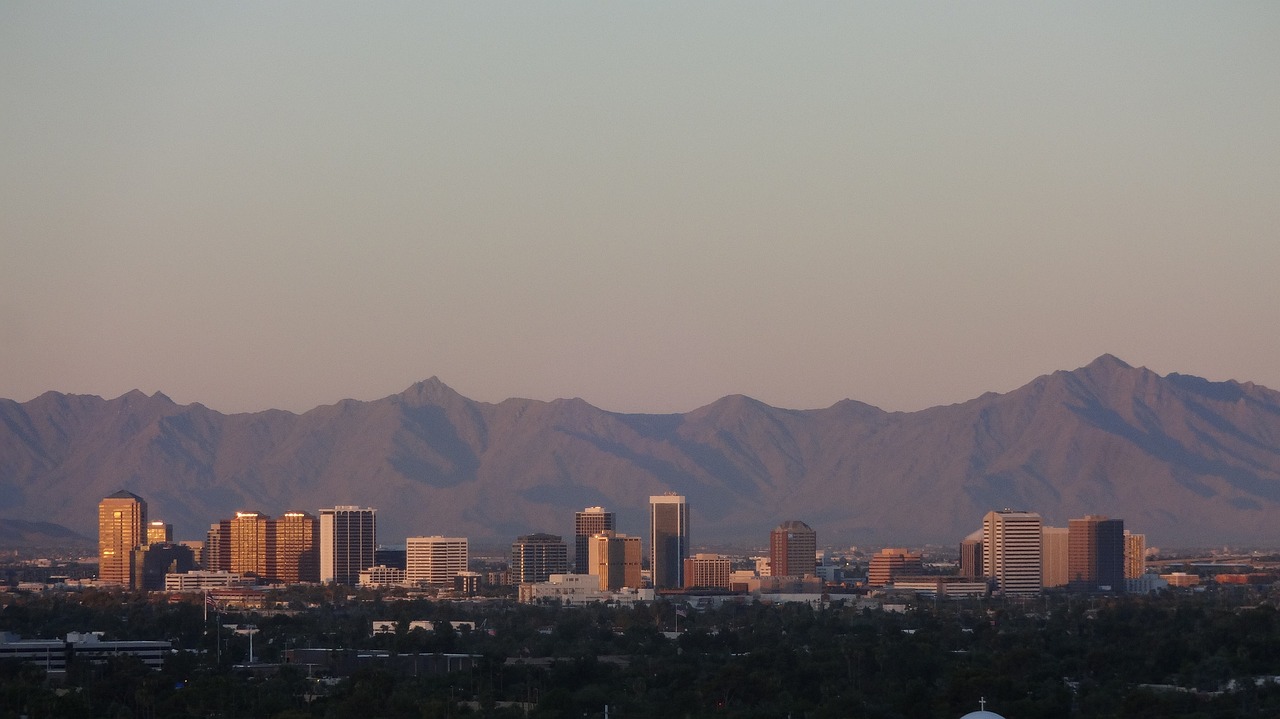Finding the perfect vacation spot can be hard. Glacier National Park is home to stunning views and nature. Our guide will show you the best activities and sights in the park. Keep reading for an amazing adventure!
Key Takeaways
- Glacier National Park has over 700 miles of hiking trails, and it’s a home to iconic glaciers, alpine meadows, and stunning lakes.
- The park offers activities like hiking, wildlife watching, kayaking, boating, scenic drives including the Going-to-the-Sun Road.
- Over 300 species of animals live in the park. This includes grizzly bears and bighorn sheep.
- Scientists monitor glacial changes to understand climate change impacts. Since 1850, the size and number of glaciers have dramatically decreased.
- The park works with local tribes to protect sacred sites and promote cultural understanding among visitors.
Highlights of Glacier National Park

Glacier National Park boasts iconic glaciers, alpine meadows, and stunning lakes. With over 700 miles of hiking trails, it’s a paradise for outdoor enthusiasts seeking adventure in the Rocky Mountains.
Whether you’re into hiking or just want to soak in nature’s beauty, this park offers an unforgettable experience for all visitors.
Iconic Glaciers and Alpine Meadows
Glacier National Park is home to stunning glaciers and alpine meadows. These icy giants shape the land, carving deep valleys and steep cliffs. As you hike through the park, you’ll find fields of wildflowers in the summer.
This mix of ice and blooms creates a breathtaking scene.
The glaciers are slowly melting, changing the landscape over time. However, they still offer a frozen wonderland for visitors to explore. Alpine meadows sit high up in the mountains.
They come alive with colors from various plants and flowers when it’s warm. This natural beauty attracts people who love nature and outdoor adventures.
Scenic Lakes and Waterfalls
Spectacular lakes and waterfalls await visitors at Glacier National Park. The park is home to over 700 bodies of water, including the stunning Lake McDonald and Hidden Lake. These clear, icy waters reflect the surrounding mountains in a breathtaking display.
Hikers often pause to enjoy the view and snap photos.
Waterfalls throughout the park add to its beauty. They range from towering falls like Bird Woman Falls, which drops over 560 feet, to smaller cascades found along many hiking trails.
Each waterfall has its own charm. Visitors love listening to the sound of rushing water as they explore nearby paths.
Over 700 Miles of Hiking Trails
From the stunning views of lakes and waterfalls, adventurers can take their exploration further on Glacier National Park’s extensive network of trails. This park boasts over 700 miles of hiking paths.
These trails offer something for everyone. They range from easy walks through cedar forests to challenging climbs in the Rockies.
Hikers enjoy unique sights, like melting glaciers and alpine meadows. Trails also wind past carved valleys and crystal-clear lakes. Every path promises its own adventure, with chances to spot wildlife along the way.
Whether you’re into a short day hike or a multi-day backcountry journey, this park has it all.
Popular Activities in Glacier National Park
Explore over 700 miles of picturesque hiking trails, where you can discover the park’s diverse landscapes and stunning views. Keep an eye out for wildlife while kayaking or boating on the serene lakes or embark on a scenic drive along the iconic Going-to-the-Sun Road to soak in breathtaking panoramas.
Hiking and Backpacking
Glacier National Park offers over 700 miles of hiking trails, ranging from easy walks to strenuous backcountry treks. Here are the key details:
- The park provides a variety of hiking options suitable for all skill levels.
- Hike through diverse landscapes such as alpine meadows, dense forests, and alongside picturesque lakes.
- Trails with stunning views of glaciers, waterfalls, and wildlife are also available.
- Backpacking opportunities within the park’s designated backcountry zones provide a truly immersive wilderness experience.
- Visitors can explore iconic routes like the Highline Trail or embark on multi-day backpacking trips along the Continental Divide.
Wildlife Watching
Glacier National Park is a haven for wildlife enthusiasts. With over 70 species of mammals and nearly 300 species of birds, the park offers ample opportunities for wildlife watching.
From grizzly bears to bighorn sheep, visitors can spot diverse animals against the backdrop of stunning alpine scenery. The best times for wildlife viewing are during the early morning or late evening when many animals are most active.
Along with binoculars, camera lenses will also be useful as you look out for elk grazing in meadows or bald eagles soaring overhead.
The park’s distinct ecosystems provide habitat to creatures such as mountain goats, cougars, and even elusive gray wolves. Wildlife watching tours and guided programs can offer more insight into these remarkable inhabitants while respecting their natural environment.
Whether it’s observing an osprey hunting at Lake McDonald or marveling at a herd of bison along the scenic drives, Glacier National Park promises thrilling encounters with nature’s most captivating creatures.
Kayaking and Boating
Glacier National Park offers fantastic opportunities for kayaking and boating. Here’s what you can expect:
- Enjoy serene paddling on the park’s pristine lakes like Lake McDonald and St. Mary Lake, surrounded by breathtaking mountain landscapes.
- Rent a kayak or bring your own to explore the crystal-clear waters and get up close to the park’s stunning shorelines.
- Experience the tranquility of floating on the water while taking in views of glacier-carved valleys, dense forests, and snow-capped peaks.
Ready to take your Glacier National Park adventure to the next level? Let’s dive into the natural features and ecosystems that make this park so unique.
Scenic Drives, Including the Going-to-the-Sun Road
Nestled in the heart of Glacier National Park, the Going-to-the-Sun Road offers a breathtaking drive through some of the most scenic landscapes in North America. As you navigate this iconic route, here’s what awaits you:
- Spectacular Vistas: Prepare to be awed by jaw-dropping views of rugged mountains, cascading waterfalls, and crystal-clear alpine lakes.
- Architectural Marvels: Marvel at the engineering feat that is the road itself, with its awe-inspiring structures seamlessly integrated into the natural environment.
- Wildlife Encounters: Keep your eyes peeled for glimpses of native wildlife such as bighorn sheep, mountain goats, and maybe even a majestic grizzly bear.
- Educational Pullouts: Take advantage of interpretive signage and pullouts providing valuable insights into the park’s ecology, geology, and history.
- Recreational Opportunities: Numerous access points along the route beckon hikers to explore nearby trails offering everything from leisurely strolls to challenging alpine adventures.
- Photographic Delights: From sunrise to sunset, every twist and turn along the road offers spellbinding photo ops that will make your social media followers envious.
- Seasons’ Splendor: Whether you visit during spring wildflower blooms or autumn’s fiery foliage displays, each season lends its unique charm to this unforgettable journey.
After traversing the Going-to-the-Sun Road and immersing yourself in its grandeur, prepare for more adventure in Glacier National Park!
Natural Features and Ecosystems
Glacier National Park boasts unique flora and fauna, shaped by the melting glaciers and carved valleys. The park’s geology includes glacial landforms and a fire ecology vital to its ecosystem.
Unique Flora and Fauna
Glacier National Park is home to a diverse range of plant and animal species. This includes over 1,000 different types of plants like the beargrass and glacier lilies that bloom in the alpine meadows during the summer months.
Additionally, there are around 300 species of animals living in the park, including grizzly bears, mountain goats, bighorn sheep, and elusive wolverines. The park also provides habitat for rare creatures such as lynx and bull trout.
The unique ecosystem at Glacier National Park supports an array of flora and fauna that have adapted to survive in this rugged environment. Due to its diverse habitats ranging from dense forests to high alpine tundra, it’s not uncommon for visitors to encounter several different types of wildlife within a single day’s visit.
Glacial Geology and Landforms
Glacier National Park boasts stunning glacial geology and landforms that are a testament to its ancient past. Carved valleys, soaring peaks, and U-shaped canyons paint a dramatic picture of the park’s glacial history.
The park is home to over 130 named lakes, each formed by the sculpting force of glaciers from the last ice age. Visitors can witness firsthand the impressive evidence of glacial retreat in this beautiful landscape.
Erosional features like hanging valleys and cirques showcase the immense power of glaciers as they once moved through this terrain. One such notable feature is Grinnell Glacier, which has been melting rapidly due to climate change.
This serves as a visible reminder of the impact on natural landscapes worldwide. As visitors explore Glacier National Park, they’ll encounter these awe-inspiring remnants of icy giants that once dominated this region.
Fire Ecology and Its Role in the Park
Fires play a crucial role in Glacier National Park’s ecosystem. They help keep the forest healthy by clearing out dead trees and plants, allowing new growth to thrive. The park carefully watches and sometimes even intentionally sets fires to maintain this balance.
These fires also create diverse habitats for different animals and plants, contributing to the overall biodiversity of the park.
Visitors might notice areas where fire has affected the landscape, but it’s important to understand that these fires are a natural part of the park’s cycle. The park rangers monitor them closely and take necessary steps to ensure they don’t pose a threat to human safety or property.
This allows visitors to witness firsthand how nature rejuvenates itself after a fire, creating opportunities for unique wildlife encounters and stunning displays of new plant life.
Visitor Information
Looking for a place to stay? Glacier National Park has various accommodation options. Want to explore the park with guidance? Check out the guided tours and programs available.
Lodging and Camping Options
Glacier National Park offers various lodging and camping options for a memorable stay amidst nature.
- Many lodges and hotels are available within and around the park, offering comfortable accommodations with stunning views of the surrounding landscapes.
- The park also provides campgrounds for visitors who want to immerse themselves in the wilderness. Options range from developed campgrounds with amenities to more primitive backcountry sites for a rugged experience.
- Visitors can take advantage of these facilities to enjoy extended stays in the heart of Glacier National Park.
Guided Tours and Programs
Glacier National Park offers a range of guided tours and programs to enhance your experience in this remarkable wilderness area. Here are the opportunities available:
- Ranger-Led Walks: Join knowledgeable park rangers for insightful walks through the park, discovering its unique flora, fauna, and geology.
- Boat Tours: Experience the beauty of Glacier National Park from its pristine lakes with guided boat tours, providing stunning perspectives while learning about the park’s natural history.
- Stargazing Programs: Delve into the wonders of the night sky with astronomy programs led by experts, offering an awe-inspiring look at the stars above the Rockies.
- Educational Workshops: Engage in workshops that explore topics such as conservation efforts, wildlife preservation, and the cultural heritage of tribal lands within the park.
- Guided Hikes: Embark on guided hikes led by experienced naturalists to discover hidden gems and gain deeper insights into Glacier’s diverse ecosystems and landscapes.
Seasonal Activities and Events
As you plan your visit to Glacier National Park, keep in mind the variety of seasonal activities and events available throughout the year. Here are some highlights:
- Summer wildlife-watching tours led by park rangers offer fascinating insights into the natural habitats and behaviors of the diverse species that call the park home.
- Fall photography workshops provide an opportunity to capture the stunning autumn colors as they blanket the landscape.
- Winter snowshoeing expeditions through pristine wilderness areas allow for a unique and peaceful exploration of the park’s snow-covered terrain.
- Spring wildflower walks guided by experts showcase the vibrant blooms that emerge as the park awakens from winter hibernation.
- Throughout the year, special events such as stargazing sessions and cultural demonstrations offer enriching experiences for visitors seeking a deeper connection with this remarkable natural wonderland.
Conservation and Preservation Efforts
The park is committed to protecting its unique flora and fauna, monitoring the changes in its glaciers, and supporting tribal lands. Learn more about Glacier National Park’s conservation efforts here.
Protecting Native Plant Species
Glacier National Park prioritizes preserving its unique plant life. The park is home to over 1,100 species of plants, including rare and endangered ones. Through conservation efforts, the park aims to protect these native plants from threats such as invasive species and climate change impact.
One example of this conservation effort is the restoration work focusing on native vegetation in areas affected by human activity or natural events like fires. This ensures a healthy ecosystem that supports diverse wildlife and sustains the natural beauty of Glacier National Park.
Now let’s delve into the critical topic of “Monitoring Glacial Changes.
Monitoring Glacial Changes
Scientists monitor glacial changes in Glacier National Park to understand the impact of climate change. Data collected since 1850 shows a dramatic decrease in the size and number of glaciers due to rising temperatures.
For example, from 1966 to 2015, the park lost over 39% of its glacier area. This affects ecosystems, water resources, and tourism. By monitoring these changes, park officials can make informed decisions about conservation efforts and sustainable practices.
Park rangers actively engage visitors by sharing real-time glacial data and explaining how everyone plays a role in preserving this natural wonder for future generations. The park also collaborates with research organizations like the U.S. Geological Survey to ensure accurate measurements and findings are used for effective environmental policies.
Supporting Tribal Lands and Heritage
Supporting Tribal Lands and Heritage is a crucial part of preserving Glacier National Park. The park works with local tribes to protect sacred sites, traditional territories, and historic artifacts.
By collaborating with tribal communities, the park respects indigenous knowledge and promotes cultural understanding among visitors.
Glacier National Park also provides educational programs that highlight the deep connection between indigenous people and the land. These initiatives aim to raise awareness about tribal history, customs, and traditions while fostering respect for Native American heritage.
Additionally, the park’s conservation efforts include restoring habitats important to tribal cultures and preserving ancestral lands for future generations.
Conclusion
Glacier National Park captivates with its majestic glaciers, serene lakes, and rugged trails. The park offers a paradise for outdoor enthusiasts and nature lovers alike. From hiking to wildlife watching, the park’s diverse ecosystem provides endless opportunities for adventure and appreciation of natural beauty.
As visitors explore this wilderness gem, they also contribute to the vital efforts in preserving this national treasure for future generations.
FAQs
1. What is Glacier National Park?
Glacier National Park is a stunning park located in Montana. It features beautiful mountains, deep valleys, and over 700 miles of trails. Visitors can enjoy breathtaking views and see diverse wildlife.
2. When is the best time to visit Glacier National Park?
The best time to visit Glacier National Park is during summer, from late June to mid-September. During this period, most roads are open, and the weather is warm enough for outdoor activities like hiking and camping.
3. What activities can I do at Glacier National Park?
At Glacier National Park, you can hike on scenic trails, go wildlife watching, or take guided tours. You can also camp under the stars or drive along the famous Going-to-the-Sun Road for amazing views.
4. Do I need a permit to visit Glacier National Park?
You don’t need a permit just to enter the park; however, if you plan to camp overnight or hike certain areas like backcountry zones, it’s important to get permits ahead of time for safety and conservation efforts.







Leave a Reply